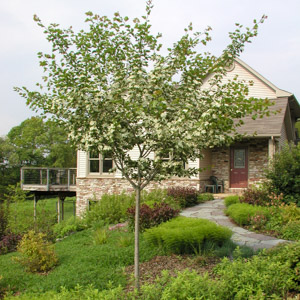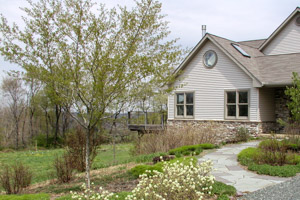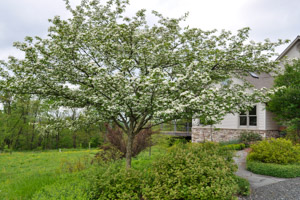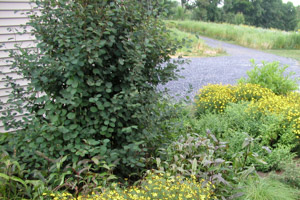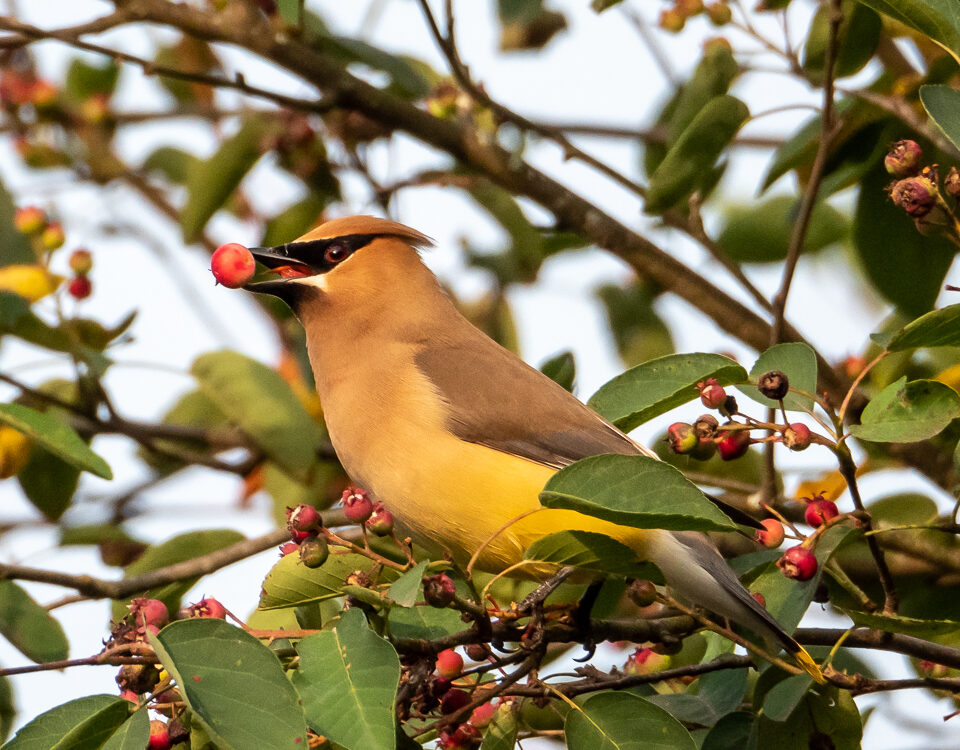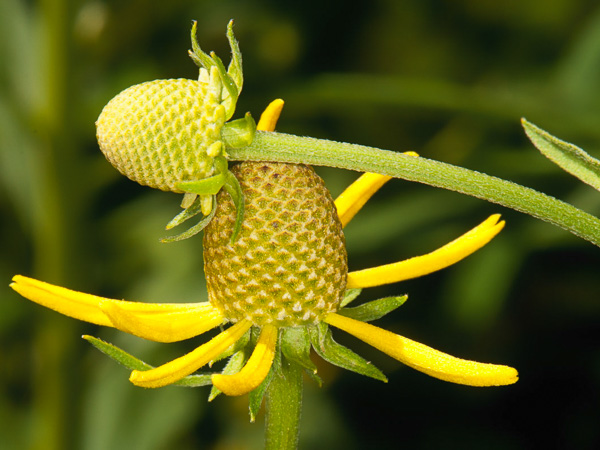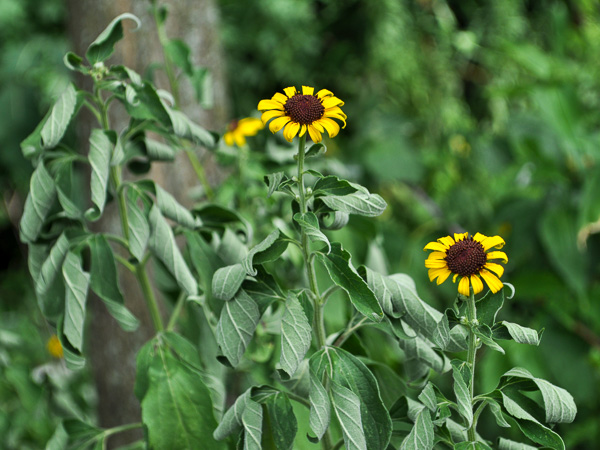
Mid August Landscape Planning
August 13, 2015
2 Key Strategies in the War with Weeds
April 27, 2016Pruning and the Art of Landscape Design

This is the time of year when my landscape efforts focus on pruning. This year we’ve had a chance to get out on the early side and I’ve already done most of my pruning, but we’re still well within the ideal period for dormant pruning. I’ll admit I really enjoy pruning, and for many reasons. I like getting out early in the garden to do work and see what’s starting to respond to the change of seasons. I like the almost Zen-like state that I find myself in during a lengthy pruning session of a larger tree or shrub. But I think mostly it’s that pruning has such a dramatic impact on the realization of the design vision. Allow me explain.
A key benefit of a thoughtful, high quality landscape design is that it provides a long-term vision of outdoor spaces. Yes, many landscapes can be and should be thought of as “spaces” – somewhat analogous to indoor spaces; indoor rooms that is. Think of it as architecture – but in this case landscape versus buildings. A key feature of “high quality” landscape design is the creation of these outdoor spaces through the use of woody plants (and sometimes also large scale herbaceous plants). Of course hardscape elements come into play here as well – everything from pergolas and arbors to fences, gates, etc. But hardscape elements don’t grow! Plants go in the ground small (usually) and just keep getting bigger. Thus the need for vision, knowledge about the plants, and finally pruning. But creating inviting spaces is not just all about size – far from it.
Pruning can be an act of very slow motion artistic creation. Woody plant pruning can and should be done in a manner right from the start with a vision in mind of form, size, density, etc. Now I need to stop here to align our visions, as I am NOT referring to over-pruned hedges, foundation meatballs and other cubist forms of your typical yew or boxwood. These do have a place and are part of the world of pruning. What I am describing is a more subtle shaping of plants that leads toward forms that interact gracefully with each other in the overall landscape to realize the artistic vision of the designer. And so we have worked our way back to the topic of design.
My initial design vision for this tree was for it to exhibit its natural spreading form – to not only dominate the space but to provide an overhead frame for the entry walkway. The tree had been limbed-up and pruned heavily at the nursery before it came to the site.
Three years worth of heavy but subtle pruning and the main branching structure has been fully determined. At this stage the natural spreading form has not yet developed – but I’m keeping it well in mind!
After 10 years of growth the graceful natural spreading form of the tree has developed, providing all of the original design intent – note how the branches gracefully fit the landform and provide a sense of enclosure for the entry walk. I have also done a lot of additional pruning of the interior to keep it fairly open in order to promote good air circulation and better leaf health for this “apple family member”.
Integral to designing is being able to envision the potential of the plants being specified – the form they tend to grow in, the branching characteristics, the growth rate, etc. Integral to the spring pruning ritual for me is the shaping of plants towards these goals overlapped with my design goals for the plants’ spatial function. Over the course of several years it can be very satisfying to see a design slowly take a maturing form and be more fully realized. Of course like all things related to plants, there is no denying that “things happen” unexpectedly. Reacting to these things can be challenging but can also add to the experience in a positive way through successfully adapting to the changing situation. Again, pruning is often the key tool to dealing with the unexpected.
That’s a lot of deep thinking for the seemingly simple act of pruning – but perhaps it shines a different “mindset light” on what some gardeners and landscape managers dismiss as simply another tedious chore. Think of it instead as an opportunity! Happy Pruning
The natural tendency of this tree is to form a spreading thicket of stems. That is NOT what I wanted as the designer here. Here is the plant about one year after planting and establishment and it is just a dense tangled mass of stems.
After 3 years of selective removal of stems and plenty of judicious cut-back of growth further up the stem the basic form has been established. My design vision for this tree also included a somewhat limbed-up form to allow for sight-lines under the canopy.
Twelve years have passed – I’m still doing some pruning but it’s less and less as each year passes. The original design intent is fully realized – a lovely vase-shaped multi-stem tree that fills the narrow space available. A slightly see-through effect is produced by inner branching pruning to allow for sight-lines through and under the canopy.

